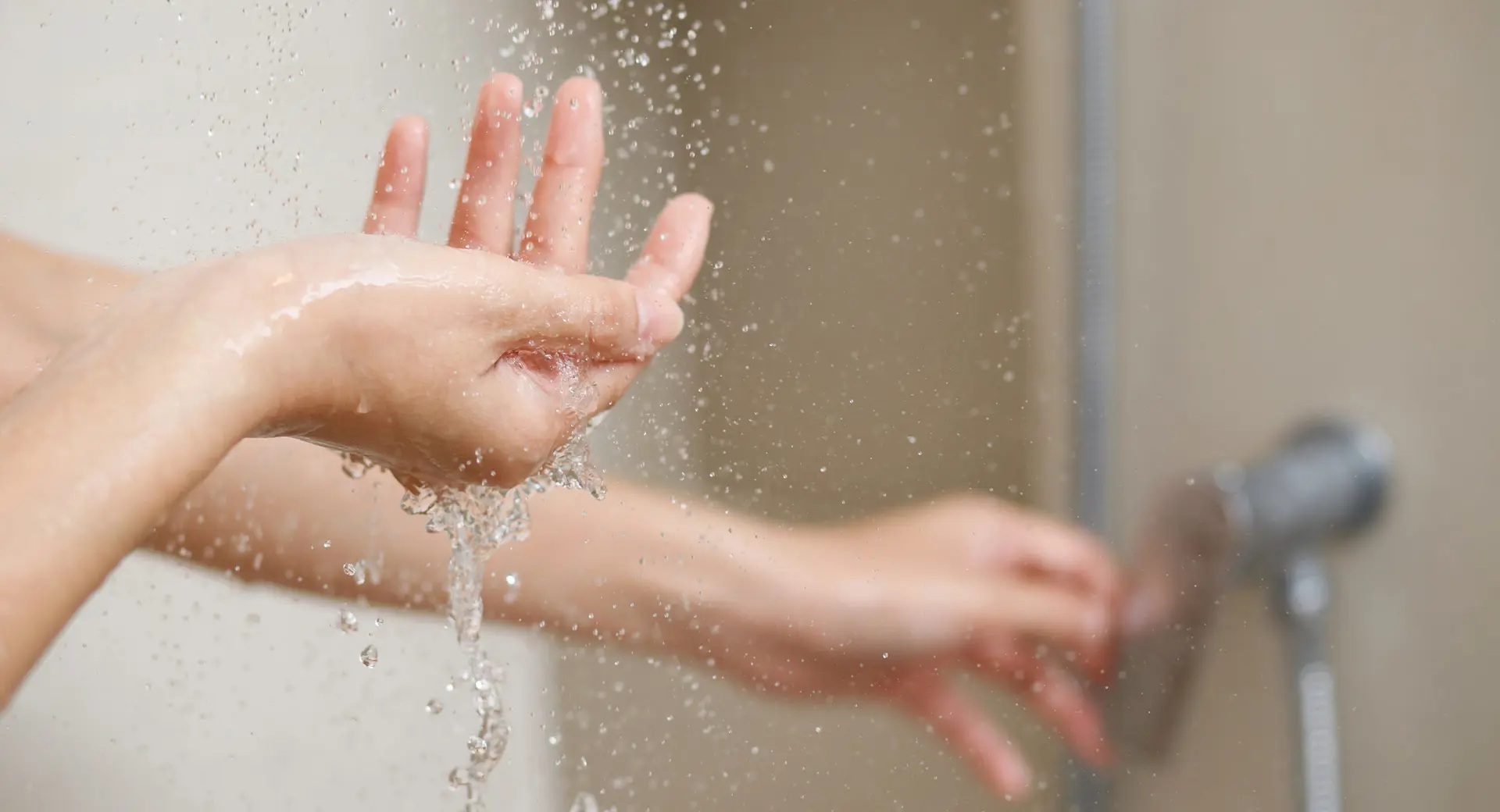
Engaging Tech Professionals in School Water Conservation Activities
Share
In our fast-paced world, the convergence of technology and sustainability is more vital than ever. For **tech professionals** and enthusiasts, there lies a unique opportunity to make a significant impact in various sectors, particularly in education. One of the key areas where technology can truly make a difference is in driving school water conservation activities.

The Significance of Water Conservation
Water is a limited resource and conserving it is crucial for life on our planet. With growing populations and increasing industrial pressures, water scarcity has emerged as a significant challenge. Schools, being fundamental institutions, have the potential to embed the principles of water conservation into the minds of future generations. By utilizing **tech-driven solutions** in **school water conservation initiatives**, educators can make these programs more engaging and effective.
Technology-Powered Water Conservation Solutions
Smart Water Monitoring Systems
One impactful method to teach water conservation in schools is through smart water monitoring systems. These advanced systems deliver real-time data on water usage, enabling the identification of wasteful practices. Tech professionals can devise or endorse systems using IoT devices to monitor and report on water consumption. Such data can educate students about their usage patterns and inspire them to use water responsibly.
Digitizing Water Conservation through Gamification
Engaging students in **water conservation activities** becomes more stimulating with gamification. By adding game-like features to daily tasks, students can be encouraged to save water. For example, schools could deploy apps that track water consumption and reward students for their conservation efforts. This approach not only makes learning enjoyable but also nurtures a sense of ecological stewardship. For additional water conservation tips, check out this helpful guide.
Incorporating Technology into the Curriculum
Project-Based Learning Initiatives
Project-based learning (PBL) serves as an excellent avenue to weave water conservation into the school curriculum. By tackling projects focused on water-saving technologies, students can apply their technical knowledge through practical engagement. Educators can inspire students to create prototypes of water-saving devices or develop applications that advocate for conservation. This not only boosts their technical proficiency but also amplifies awareness surrounding sustainability.
Collaborative Projects with Tech Firms
Schools should consider joining forces with tech companies to launch initiatives centered on water conservation. Such collaborations can offer valuable resources and insights, enabling educational institutions to adopt cutting-edge water-saving technologies. For example, tech firms could provide workshops or webinars highlighting water conservation technologies, equipping both students and teachers with indispensable knowledge.
Advantages of Water Conservation Activities in Education
Incorporating water conservation initiatives in schools brings a multitude of benefits. It promotes a sustainable mindset among students, urging them to critically assess environmental challenges. Furthermore, these initiatives can lead to substantial decreases in water usage, resulting in cost savings for educational institutions. By adopting a tech-centric approach to conservation, schools contribute significantly to shaping a new generation of environmentally aware citizens.

Frequently Asked Questions
Why is water conservation critical in educational institutions?
Water conservation in schools is essential as it ingrains sustainable habits among students, lowers the institution's overall water consumption, and reduces costs. Schools have the unique opportunity to lead by example, emphasizing the importance of conserving resources for future generations.
How can technology enhance school water conservation initiatives?
Technology enhances school water conservation efforts by providing smart water monitoring systems, gamification applications, and project-based learning resources. These innovative tools make conservation initiatives more effective and engaging for students.
What are some practical water-saving tips for schools?
Some straightforward water-saving strategies for schools include promptly fixing leaks, installing low-flow fixtures, and encouraging students to turn off taps when theyre not in use. For further tips, explore Board of Water Supply and learn more about conservation efforts in water sustainability, or delve into reducing water usage in various environments.
